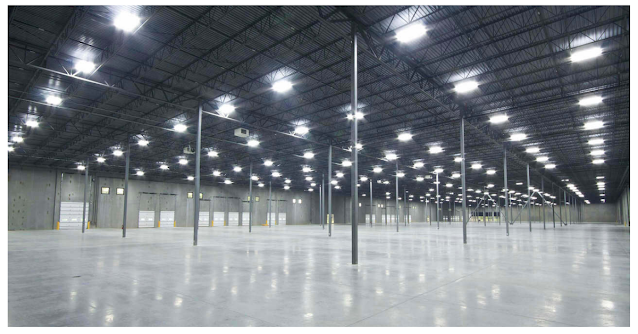The planning of the lighting system seems an easy task until you have to take decisions under your construction or renovation budget. That’s the time you may realize the complications associated with the decisions to light your area for various uses and to get the perfect lights.
Flood Lights or Spotlights?
Do you know the difference between LED Flood lights and spotlights? Or like many people, you are also confused? LED Flood Lights and spotlights can be used equally, but there are many instances where this is not possible. A spotlight is a better choice for high ceilings as it provides a narrow beam of light that can travel further than a floodlight. Spotlights are also perfect for vehicles for seeing distance or they can also be used in fixtures that are illuminating a particular area. These lights can also be used in the area where a particular thing is supposed to get highlighted like a museum or on stage.
But when you want to get complete light output, LED Floodlights are the better choice. These lights are the powerful and bright lights that uniformly illuminate the area. These lights are the best choice for most commercial lighting applications. These lights can also be used as security lights for both outdoor and indoor spaces as they provide high output.
Outdoor LED Flood Lights
LED Flood lights are the most common type of lighting for industrial, residential, and commercial outdoor areas. With a wider beam angle of light than a spotlight, these lights are a better choice for outdoor fields and parking lots. One flood light can illuminate a large area like stadiums, large backyards, sports centers, or a billboard. These lights are also excellent security lights due to their powerful lighting.
Indoor LED Flood Lights
LED flood lights are a perfect light for indoor spaces like industrial areas where they provide enough illumination for workers to work properly. These lights can be effectively used in indoor areas as these lights provide a perfect lighting solution for large indoor areas.
Why flood lights are known as ‘flood lights’?
This is a question to ask that why Floodlights got this name. Floodlights got this name due to their powerful lighting. These lights are known to provide uniform lighting like a flood. These lights can cover a large area like a flood and so these lights are known as ‘Flood lights’.












